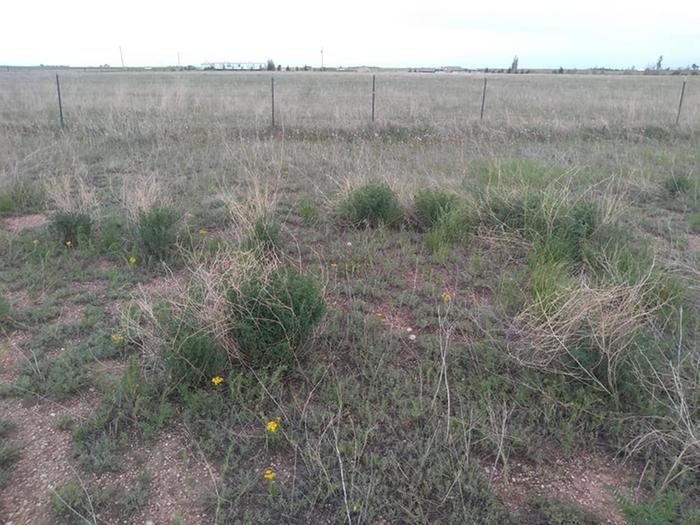
 3
3





Come join me at www.peacockorchard.com




 5
5




Creating edible biodiversity and embracing everlasting abundance.
 3
3




Lorinne Anderson: Specializing in sick, injured, orphaned and problem wildlife for over 20 years.
 2
2




I am only one, but still I am one. I cannot do everything, but still I can do something; and because I cannot do everything, I will not refuse to do something that I can do. (E.E.Hale)




Anita Martin wrote:What Lorinne suggests sounds logical. And I like Hugo's musing about a hedge.
I am curious why there are no bigger shrubs or trees on your property? Is this land relatively new, do you need to move the fencing around or anything else?
Planting a hedge would slow down winds (and thus minimize erosion), catch dew, provide habitat (for birds...) and nectar/pollen for the pollinators.
In the beginning you could plant sparsely and see what the birds "drop" to fill the gaps.
Probably you have to deal with very little water, but there might be some hardy plants appropiate for your conditions - if you want something hedgelike at all.
Come join me at www.peacockorchard.com




Lorinne Anderson wrote:Two thoughts come to mind...
Along the fence, as previously mention birds eating/carrying seed perch on fence and drop or poop. The fenceline would provide marginal shade, and the slats collect water during rain events that would drip down, creating a higher moisture content in the soil.
I do think you are on the right track with water - underground or surface - to that end I would be tempted to get one of those "moisture meters" used commonly for house plants, and measure the moisture in the soil.
I suspect it is likely as simple as marginally lower spots that collect moisture/runoff from rain, snow or even dew, creating a higher moisture level that is more likely to encourage germination. The growth along the road or path is likely the "low" side where precip would drain to/collect and/or where seed etc. would be deposited by prevailing wind
The curving shapes would, IMO, be the "edges" of puddles that form during precipitation events, flushing/collecting seed at the lowest point, along with other debris that would act as mulch. I would not be surprised if the middle of the curve matches the direction of the prevailing wind.
Come join me at www.peacockorchard.com




elle sagenev wrote:
I'm in Wyoming. We don't have trees. It's the high plains. The mountains have trees. Every other tree you see is planted and maintained by man. This land wasn't meant for trees. I'm trying, I am really trying. I think it's the drying wind more than anything else that keeps trees from growing but our lack of water doesn't help!
I am only one, but still I am one. I cannot do everything, but still I can do something; and because I cannot do everything, I will not refuse to do something that I can do. (E.E.Hale)
 6
6




The little engine that could.
NomadicRanch
Bionoculars,Cast Iron skillets,crock pots,Military gear/shovelsWoodworking tools,Rugged Cameras,rechargeable flashlights,Solar technology,tents,pack saddles,well made backpacks send to Benjamin Skiba p.o.box 1132 Teec Nos Pos Az 86514 items benefit sheepherders and surrounding community will be distributed
 3
3




My tree nursery: https://mountaintimefarm.com/




Abe Coley wrote:kinda looks like old fairy rings. dig in the soil under one of those C shapes and see if there is white stuff. i've heard they can show up where there used to be trees/shrubs that were cut down -- looking at the pics i can imagine a windbreak used to be there
Come join me at www.peacockorchard.com

|
I don't like that guy. The tiny ad agrees with me.
the permaculture bootcamp in winter (plus half-assed holidays)
https://permies.com/t/149839/permaculture-projects/permaculture-bootcamp-winter-assed-holidays
|

